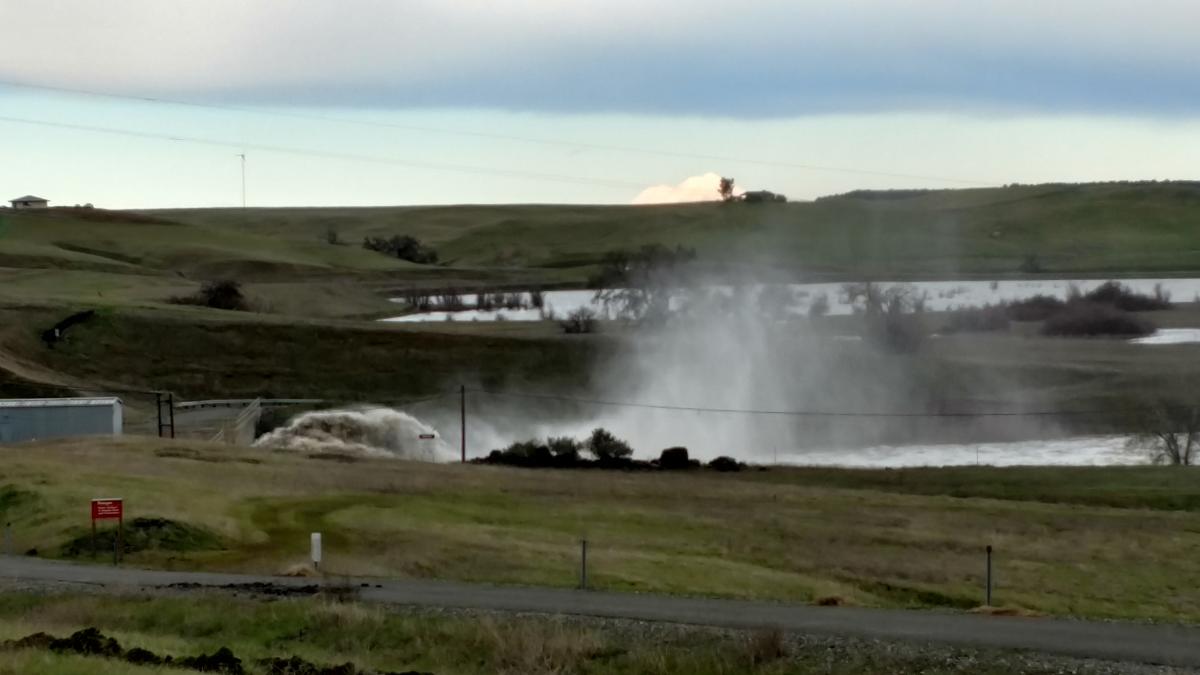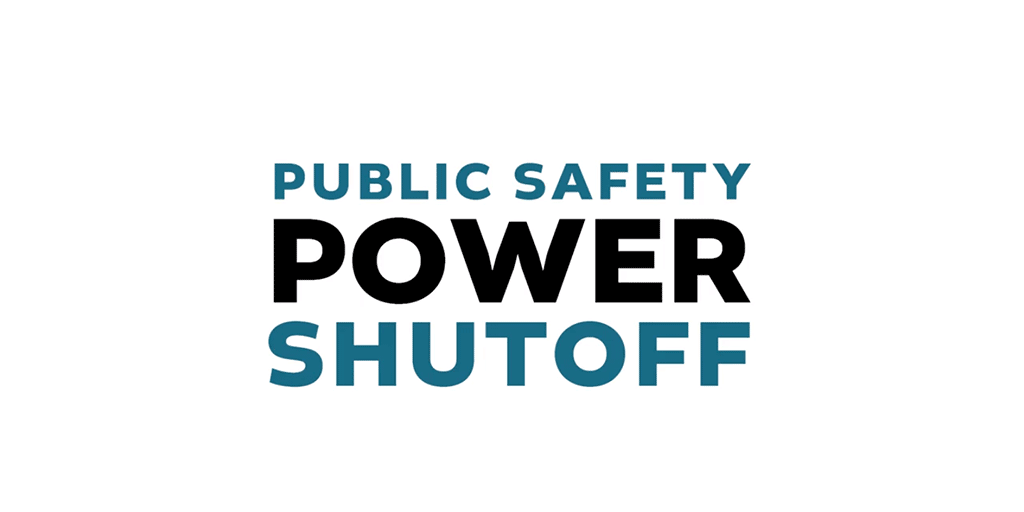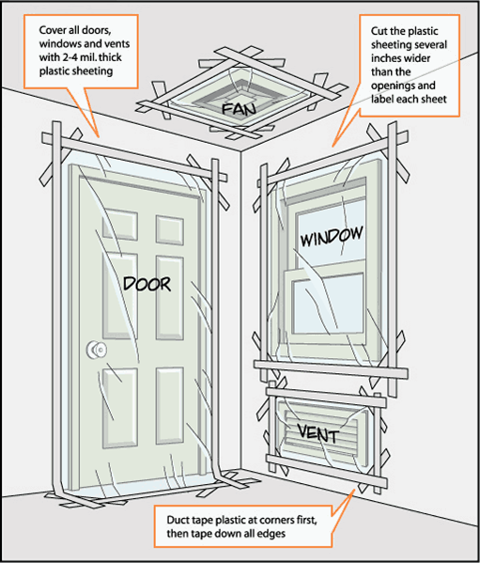
Did you know that there are multiple dams in Glenn County?
Dams provide a way to capture and store surface water and provide flood protection by controlling downstream water releases during periods of heavy rainfall. The water stored in the reservoir provides drinking water, habitat for wildlife, and recreation. Like any infrastructure, dams can become damaged from natural hazards like earthquakes or man-made damage. Overall dams are very safe and well maintained but sometimes they can become damaged and result in a sudden release of water. It's important to know your hazards where you live. There are five dams in the region that can impact waterways and property within Glenn County: Black Butte, Stony Gorge, East Park, Shasta, and Oroville dams. To learn more about the impacts of these dams:
- Check out the Glenn County Operational Area Emergency Operations Plan - Annex K - Hazards. This plan includes a section that discusses dam failure and the response to this incident.
- Check out this interactive website, National Inventory of Dams On this website, you can search dams by location or name, learn the facts about the dam, and see inundation maps— maps of where the water flows if the dam were to have a breach or failure incident. These maps allows residents to identify there risk and prepare for actions such as evacuation should this hazard ever occur.
Do you know how to properly protect your home with sandbags?
Learn how to properly lay sandbags and visqueen around your house to provide the most protection from flood waters. Check out this short video from DWR
Be Flood Prepared, learn more at Department of Water Resources (DWR)

Are you prepared for Public Safety Power Shutoff this Wildfire Season?
To learn more on how to prepare for PSPS and power outages, go to Prepare for Power Down
New - PG&E has a forecasting tool available for PSPS. Access the 7 day weather and PSPS forecast at pge.com/weather
Wildfire Season: are you Wildfire Ready?
Download the Ready for Wildfire app to access tips on preparedness as well as incident updates.
Do you know how to respond to an active shooter?

If shots were fired at your school, work, or at the mall, would you know what to do? When seconds count, being prepared matters. Take time now to learn how to survive an active shooter.
LA County Sheriff Surviving an Active Shooter video: https://www.youtube.com/watch?v=DFQ-oxhdFjE
Do you know how to Shelter In Place?
Be prepared for a chemical emergency. Have a plan to Shelter In Place. Watch this video on how to protect your family from hazardous air should the emergency arise.
Shelter in Place instructional video: https://youtu.be/EGEswD7xVaM
Graphic depicting how to secure your home for a hazardous air emergency
What if we experienced a radiological disaster?
Radiological materials are not uncommon and can be found in a variety of settings. Release of radiological material may result from an accident or an intentional – terrorist act. Radiological emergencies include nuclear incidents, dirty bombs, Radiological Dispersal Devices (RDD), Radiological Exposure Device (RED), nuclear power plant accidents, transportation accidents, and occupational accidents.
Radiological releases are uncommon but it is important to understand how to respond should an incident occur. It is best to get inside quickly when a radiological event occurs. You should listen to emergency orders and instructions.
If you were in the area of exposure, take steps to decontaminate yourself by removing your clothes, bagging clothes and taking a shower.
You should shelter inside your home or building until emergency officials provide an all clear message.
For additional information on radiological incident response, go to: https://emergency.cdc.gov/radiation/whattodo.asp



